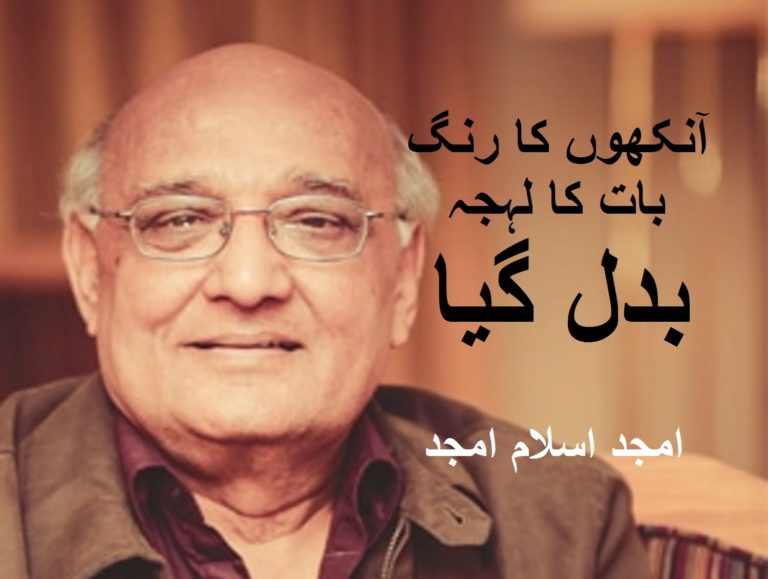Ingredients for Kari Pakora: Yogurt 2 cups Water 6 cups Gram flour 5 cups Turmeric 2 tbsp Salt as per taste Cumin powder 1 ½ tbsp Coriander powder 1 ½ tbsp Red pepper powder 2 tbsp Whole red chili 6pcs Whole cumin 2 tbsp Cooking oil and cup Green chili 5 pcs Red pepper crushed 1 tsp Onion 1 ½ tbsp Spinach 1 tbsp Green coriander 1 ½ tbsp Hot spices 1 tsp Garlic (small) 4pcs Method for Kari Pakora: To make Kari take yogurt in a pot and add water, gram flour and turmeric and grind it. Now in a pot take the grinded paste and add salt, red pepper powder, cumin powder, coriander powder, crushed red pepper, green chili, whole white cumin, and turmeric and cook for 25-30 minutes and keep stirring. Your job is ready. Pakoray: In a pot take gram flour and add salt, red pepper powder, hot spices, coriander powder, cumin powder, whole cumin, green coriander chopped, green pepper chopped, onion chopped, spinach chopped and water and make paste. Now in a pot add cooking oil and put gram powder ...



















